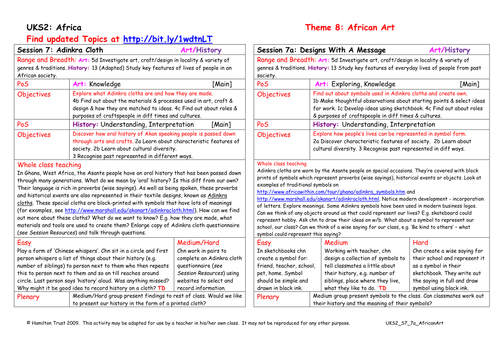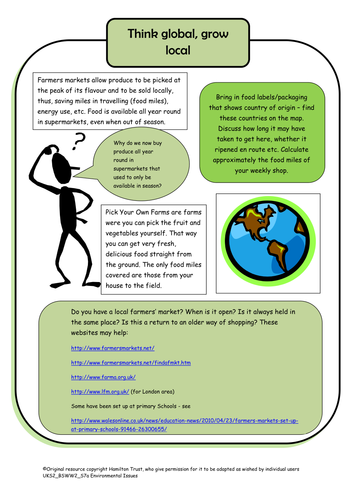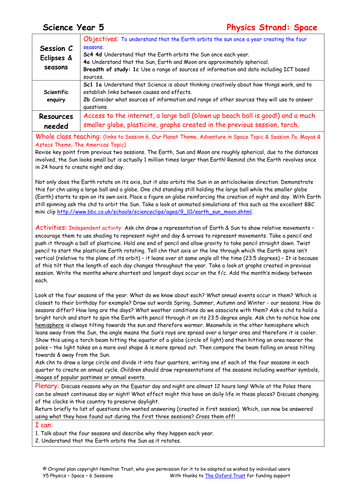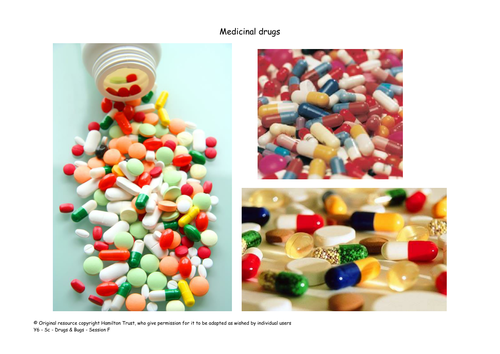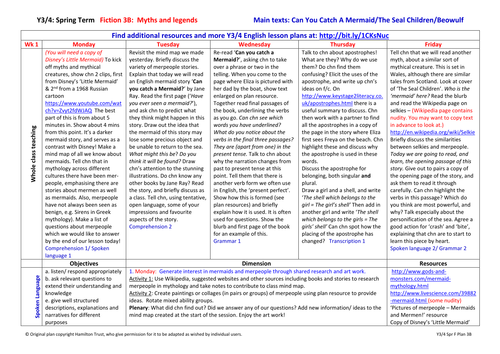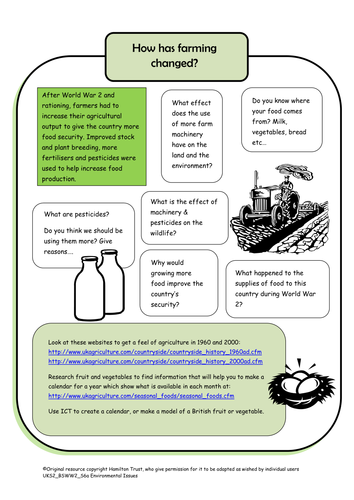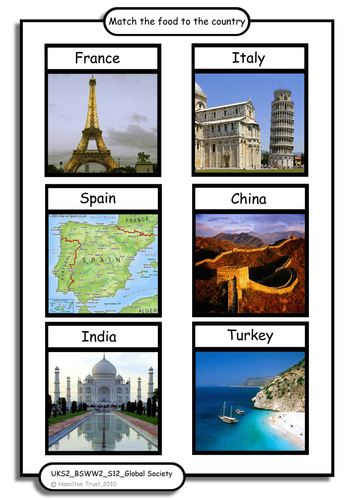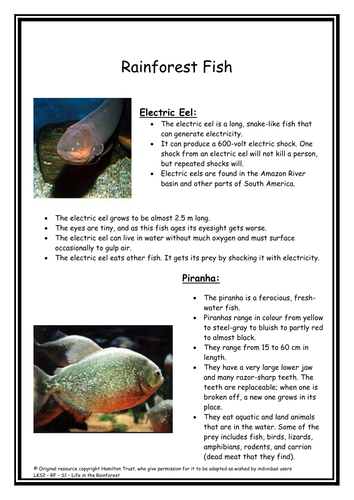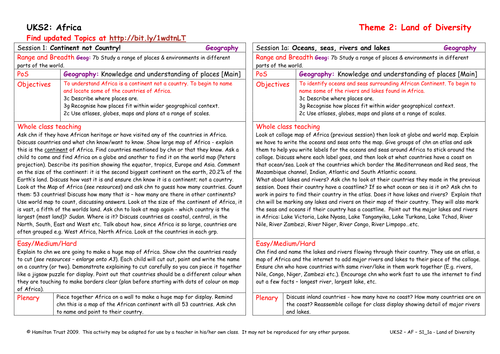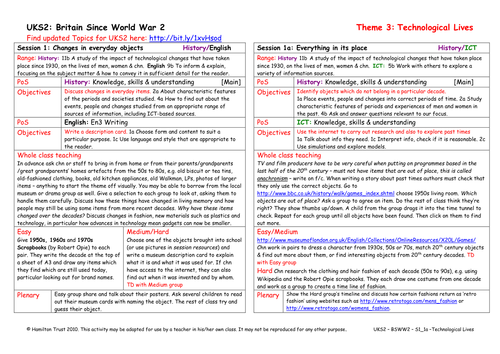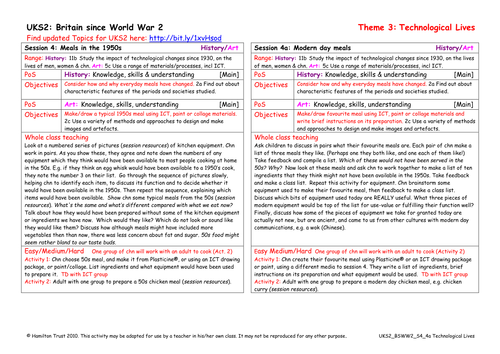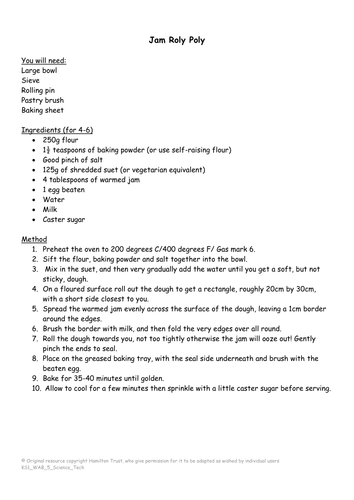
397Uploads
10041k+Views
11644k+Downloads
All resources

Designs With A Message
Adinkra cloths are craft with a message. Children explore the traditional symbols printed on the cloths and create their own symbols to tell a story of their own lives.

Think Global, Grow Local
Discuss Farmers Markets and Pick Your Own food taking into consideration food miles, energy use, carbon footprint and produce. Calculate food miles involved in weekly shop (using labels and packaging from supermarkets). Children write an acrostic.

Eclipses and seasons
The Sun is a million times larger than Earth so how can its rays sometimes be obscured by the much smaller Moon? Children discover how eclipses are created and how the Earth’s tilt on its axis creates seasons.
Suitable for Year 5 pupils.

Other drugs
Discuss the use of the word drug for medicinal purposes as well as addictive substances. Children draw posters warning about the dangers of drugs in the home and draw conclusions about the various ongoing investigations about micro-organisms.
Suitable for Y6 pupils.

The Union Flag!
Waving the flag! Using the Olympic timeline the children identify the last four countries and cities to host the Summer Olympic Games. The flag for Great Britain is pulled apart to see which countries make up the Union Jack.

Year 3/4 Fiction 3: Myths and Legends
Children explore a variety of myths and enjoy the mythical creatures introduced in Can You Catch A Mermaid?, The Seal Children and Beowulf.
They learn these tales and use them as stimuli for creating their own myths and legends. They use the texts as models to help develop their understanding of detailed description in writing and correct grammar.
Suitable for Year 3 and 4.

How Has Farming Changed?
After WW2 and rationing farmers had to increase production. Children discuss where food comes from, and their views on the use of heavy farm machinery and pesticides. Children make a model of a fruit/vegetable or create an ICT presentation showing seasonal availability.

Merging Cultures
Celebrate the diversity of British people! The cultures of immigrants from many countries who have come to Britain since WW2 have been merged with the pre-war British culture to provide a great variety of foods, music, clothes and dance. Explore and enjoy!

Circuit revision
In this the first of six sessions the children get some hands on experience and revision of what they already know through a circus of circuit activities.
Can they complete and repair circuits? What dangers does electricity pose?
Suitable for Y6 pupils.

Beautiful Batik
Focus on the beautiful batik found in Mozambique. Explore the visual and tactile elements, including use of colour and pattern.
Children use sketchbooks to copy and explore sections of these designs concentrating on composition and subject matter.

Variety of Species in the Rainforest
90% of the world’s animals and plants live in the 6% of the world that rainforests cover! In this session the class splits into groups to find out more about animals that have rainforests as their habitat.
Suitable for years 3 and 4.

Oceans, seas, rivers and lakes
Following their personal choices in session 1, children research the countries they identified. They mark physical features on their maps, including rivers, lakes, deserts and mountains. They also identify the oceans and seas.
Suitable for years 5 and 6.

Everything In Its Place
Children spot which items are out of place in a 1950s living room, and dress a character from each decade.

Household Gadgets
Children discuss labour-saving gadgets and chores which are still time-consuming or unpleasant. They then work in groups to design their own gadget and present it to the rest of the class as in the Dragon’s Den.

Meals In The 1950's
Children look at pieces of kitchen equipment and guess which were available in the 1950s. One group make a real chicken meal, whilst the others make a typical 50s dinner from Plasticine, an ICT package or paint/collage materials. All taste the 50s dinner.

We Are Britain KS2
Read some poems from We are Britain by Benjamin Zephaniah and ask what these children have in common. Discover where in the world children in the class came from originally – locally, elsewhere in Britain, another country? Write poetry about each other in BZ style.

Plant doctors
The Plant Drs are on call in this session & two very ill patients have arrived! What do they need to recover? Children revise the ideal conditions for plant growth é use them to watch the plants recover using time lapse photography. Suitable for Y6 pupils.

Chromatography case
A distressing message has been left in the classroom; someone thinks that Year 6 need less playtime and more homework!
The children spring into action using chromatography to identify the pen used and its owner!
Suitable for Year 6 pupils.

Cooking A 1950's Meal
Children have the opportunity to cook one course of a typical 1950s meal or to set the table. Discuss safety measures before children cook the shepherds’ pie, rice pudding or sponge pudding and custard. Will everyone have a taste of all three dishes?

